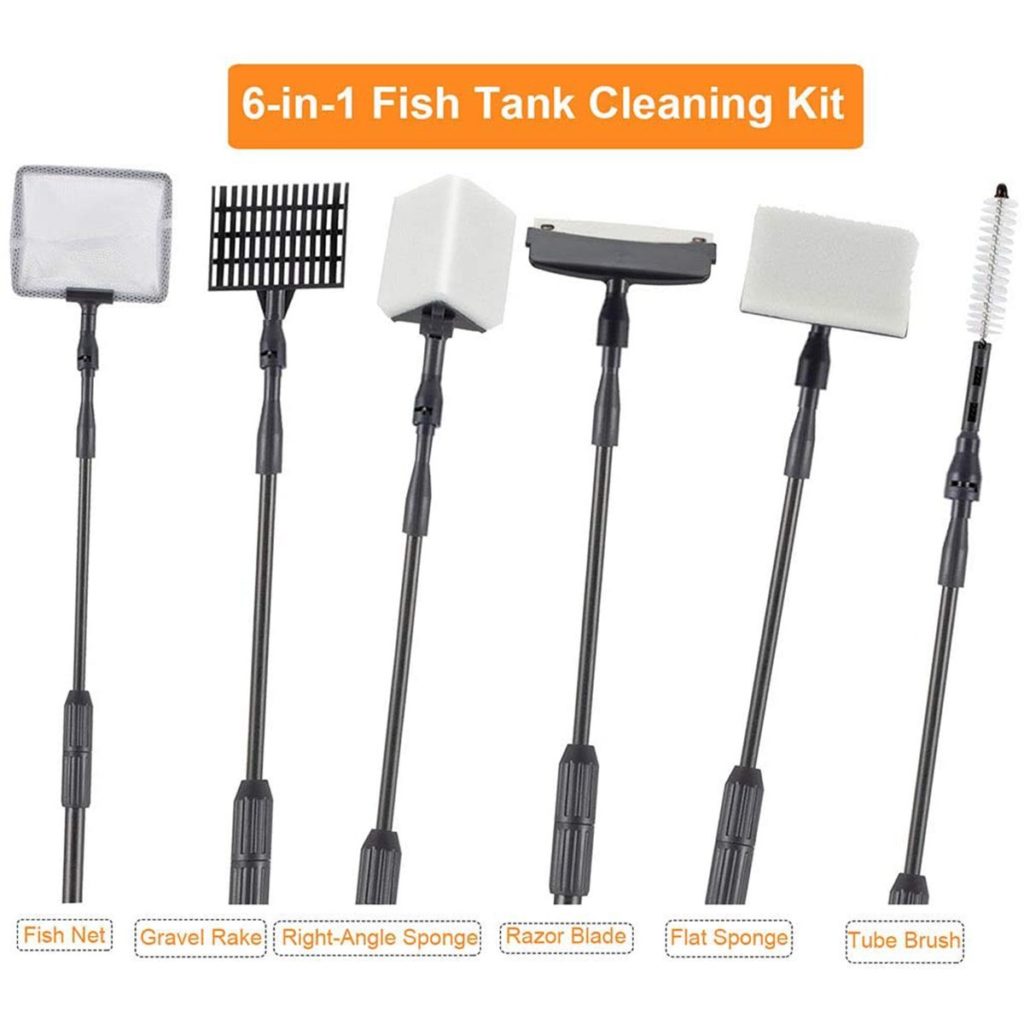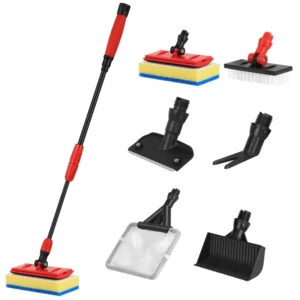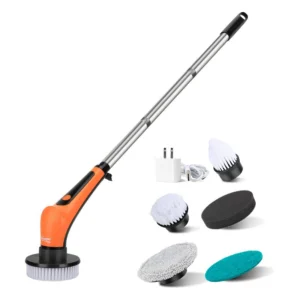Overwhelmed by what tools, fish keepers should have for fish tank maintenance? Today we are going to talk about the most common aquarium maintenance tools.
Content Table
Vacuum sand washer
Composed of a siphon tube and a large-diameter hard water tube, the vacuum sand washer is simple and effective. The working principle is that the siphon tube draws water from the aquarium through siphoning and can absorb dirt from the gravel at the same time. Before changing the water in the aquarium, you can clean the entire aquarium substrate by choosing a vacuum sand washer of the right size, so that the aquarium can be kept clean while changing the water.
Now there are more sophisticated sand washers on the market, which can even be extended into the corners, and the suction mouth is covered with mesh to prevent fish from being sucked in. Some are also equipped with a starter, so you can start the device without siphoning the pipe first.
Magnetic algae brush
It is a very convenient tool, consisting of two magnets, one inside the aquarium and one outside the aquarium. They are tightly drawn together, the magnet outside is covered with a polished soft cloth, and the magnet inside the aquarium is covered with a rough brush. Slowly drag the outer magnet of the magnetic brush on the outer wall of the aquarium, and the inner magnet will slide along with it. In the process, the algae on the tank wall are removed.

6 in 1 fish tank cleaning kit
The magnetic algae brush can even clean the corners and sidewalls of the aquarium. You can clean the aquarium quickly and easily without getting your hands wet.
They have various shapes and sizes for different aquariums. Small magnetic algae brushes can only clean small aquariums, so for a large aquarium, you need a larger and more powerful magnetic algae brush. The magnetic algae brush can float on the water. If the magnet in the tank falls from the glass, it will float on the water, making it easy to pick up.
Long handle scraper
As the name suggests, the long-handled scraper is used to clean the algae behind the tall glass and acrylic aquarium. The long-handled scraper consists of a rough brush, a plastic scraper, or a metal blade. Metal blades can effectively remove stubborn diatoms or calcium deposits of algae.
Algae brush
This may be the simplest cleaning tool. It is a rough brush specially designed to clean the aquarium glass and remove algae. Only use aquarium-grade brushes, as the dishwashing brushes may scratch the glass and contain detergents that are toxic to fish. If you are cleaning the acrylic aquarium, you should use a soft brush that does not damage the acrylic.
Barrel
When keeping fish, buckets are indispensable and have many uses. In the maintenance process, the bucket can be used to hold the water from the siphon first, and then transport the water to the sewer in the bucket for dumping. It can also be used to clean the dirty filter media in the aquarium, as well as to replace clean water and add water. Use a small bucket or several buckets to keep fish, and confirms that there are no household cleaners in the bucket. The ideal bucket has scale lines inside, which can be used to add dechlorinating agents, medicaments, etc. The lid on the top of the bucket can be used when transporting or loading fish.
Siphon
Any flexible straw can be used, but a 12 mm or 16 mm diameter straw is used to remove water from the aquarium. The transparent straw allows you to see the water flow inside. There are starters on the market that can be connected to the end of the siphon tube, allowing you to start the device without siphoning the tube first.
Electric Vacuum sand washing device
This tool uses a small plug to plug into the power source or uses a battery as an energy source to create suction, usually with attachments for cleaning the gravel. Although it is not as strong as a conventional siphon, the electric cleaner has an accessory that can absorb garbage on the fine mesh of the pipe head and pour the water back into the aquarium during cleaning. It means you don’t need to change the water at the same time.


How often do I change the blade on my craper? How do I and where do I get one?
It depends on your tank and how often you use the blade, you can change the blade when it becomes dull, and get the new blade here to change it.